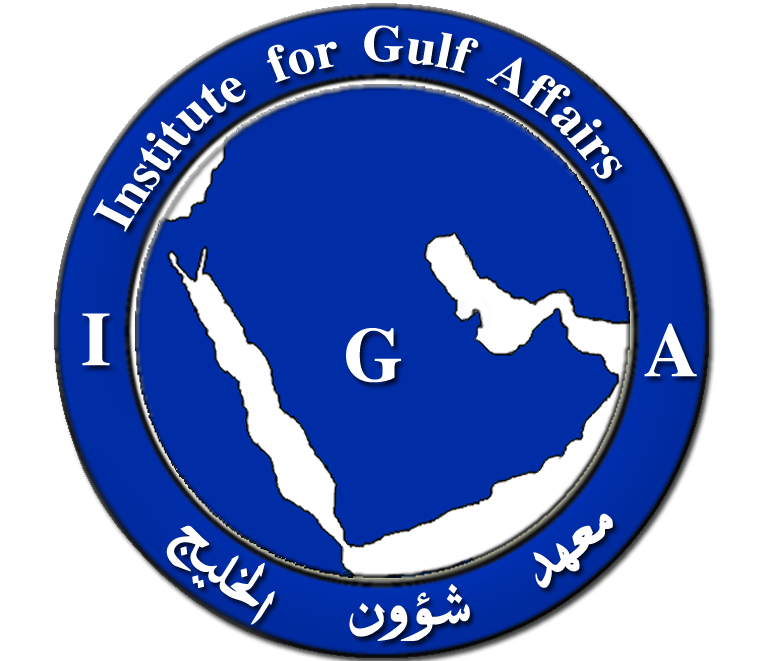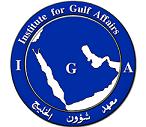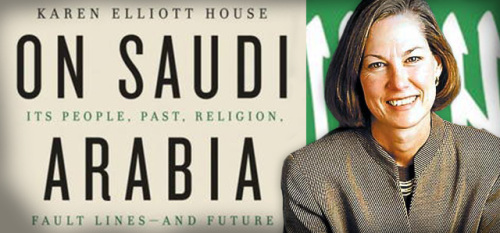In the midst of the ongoing political·volatility·in the Middle East, one country has been particularly successful in thwarting domestic protest: Saudi Arabia. Clouded in mystery, the Saudi Kingdom has not been as affected by the·frenzied·Arab·spring as much as neighboring countries. Still, Saudi Arabia is clearly not a utopian society. On Saudi Arabia: Its People, Past, Religion, Fault Lines – and Future by Karen Elliot House examines the underlying social problems of this oil-exporting kingdom in the Middle East.
House is a Pulitzer-prize winning journalist and former executive at the Wall Street Journal; she now serves as a board member of the Council of Foreign Relations. In her latest book, House offers a penetrating analysis of a society that is often absent in the mainstream media.
Perhaps one of the books greatest features is its timeliness. Written in the aftermath of the Arab spring, Elliot describes how the Saudi Kingdom has responded to the regional protests by scheduling elections for “toothless municipal councils” in 2011. ·Furthermore, the King dispensed 130 billion dollars to student groups and unemployed citizens to discourage some of the resentment that has brought down other regimes.
These were nominal displays of reform. In fact, Sheik Ahmed Al Ghamdi, an imam who publically stated that men and women should be allowed to socialize freely without being harassed by the religious police was fired. This incident, coupled with a royal decree issued by the King making it a crime to publish content critical of the government and religious officials, clearly shows there is still much left.
In addition to the political turmoil, the economy faces serious challenges as well. In an oil-rich country, 40 percent of the people live in poverty and 70 percent cannot afford a home. Only 10 percent of the private sector workforce is actually Saudi nationals. Moreover, unemployment for college-aged adults is close to 40 percent. This is troubling, given the fact that 60 percent of Saudis are under 20 years old.
Another unique theme of the book is the juxtaposition of verses from the Quran or Hadith, followed by a chapter that describes how the Saudis contradict those verses. A good example of this is the chapter on education. Appropriately titled “failing grades”, House paints a disturbing picture of the Saudi Educational system. Although the Saudi government has spent a larger portion of GDP on education than the United States, students continually rank lower compared with their global counterparts.
The central problem with the Saudi educational system is that it is rooted in religious indoctrination and coupled with a pedagogy focused on route memorization rather than critical thinking and creativity. One professor explained that students are not concerned with freedom of thought. Instead, students only care about getting a job in the public sector after they graduate. In addition, there is mounting pressure from the Wahabbi leaders to prevent any educational system associated with western values because it is viewed as a threat to their religion. Even non-controversial subjects such as chemistry and physics can be perceived as dangerous.
Of course, the Saudi Government is not oblivious to the educational challenges facing the youth. The King has sent more than one hundred thousand students abroad and has initiated many minor reforms. These changes are still not enough. There needs to be more of a balance between religion and other subjects in order for the next generation of Saudis to enter into the private sector. What House does not mention is that is the ruling family that is more worried about educational reforms more than Wahhabi clerics.
House provides a series of domestic prescriptions to fix Saudi Arabia’s social, political and economic ills. Such reforms would include a more democratic political system such as an elected parliament evaluated on its “competence” as opposed to its “genes.” Another suggestion is to form a constitution that respects the rule of law. On the economic front, the Saudi government should allow women to play an increasing role in the economy, similar to the ARMACO model. In order for Saudi Arabia to divorce itself from a culture of dependency, the local government should be able to tax its citizens so that they have an incentive for holding politicians accountable.
Notwithstanding the scope of research in this book, the author’s analysis comes across as myopic when she argues that the United States role in reforming Saudi Arabia is minimal. According to House, “Only Al-Saud can save the Al Saud.” House admits that there are some historical examples where the United States has used its leverage to influence Saudi Arabia’s domestic policy. For example, Kennedy guaranteed Faisal protection against Nasser’s regional ambitions if Faisal would agree to abolish slavery in the Kingdom. This is historically inaccurate and exposes the author’s limited knowledge of Saudi history. It was King Saud not Faisal who abolished slavery and inaugurated girls’ education in 1962 and 1960 respectively.
The truth is that there is more the United States can do to ensure Saudi Arabia protects political freedom and expands economic opportunities for all Saudis. The United States has leverage in Saudi Arabia and should consider using it, the sooner the better.
David Edwards is a Journalist at the Institute of Gulf Affairs



Comments are closed.